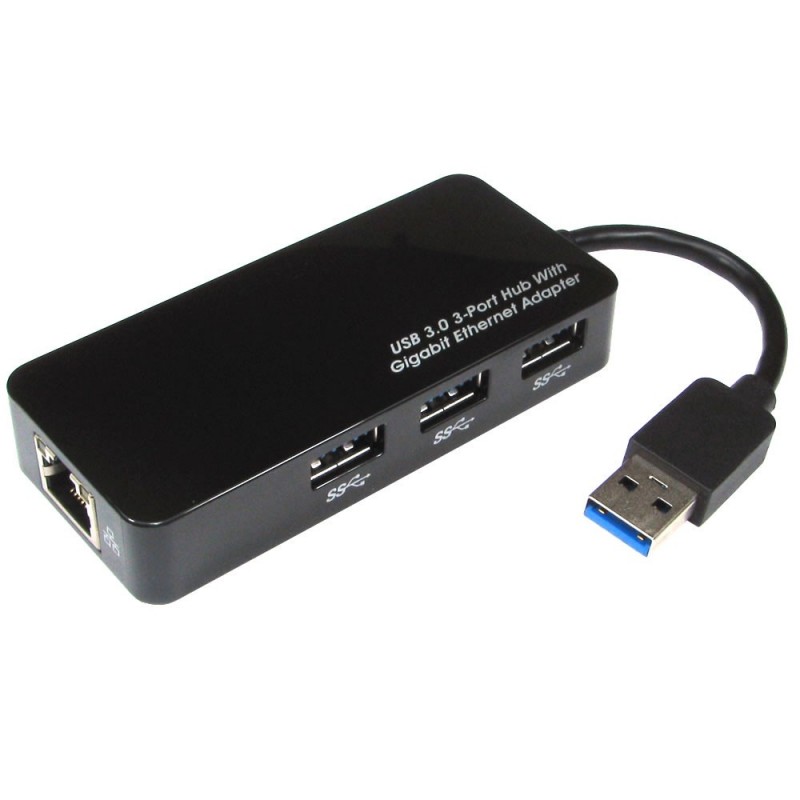

- #Usb hub with ethernet beaglebone full
- #Usb hub with ethernet beaglebone code
- #Usb hub with ethernet beaglebone Pc
- #Usb hub with ethernet beaglebone windows
For ‘classic’ BeagleBoards this means you’ll have 4 USB devices connected to the hub (keyboard, mouse, storage device, Ethernet over USB adapter), which is why a hub with more than 4 ports is recommended (so there are some spare).
#Usb hub with ethernet beaglebone full
For the BeagleBoard-xM, a 3 amp or greater supply is recommended if you are going to use the integrated hub to full capacity.Look for more than 2 amps if you use a USB hub that doesn’t have its own power supply.5 V DC regulated power supply of at least 2 amps.These packages are required to build libusb on linux.Apart from the BeagleBoard itself 1, you will need:.Recommended node version 6+ Installation of prerequisite packages: Linux Ubuntu / Debian Then UBOOT runs and mounts the emmc of device as USB mass storage device.TFTP trasnfer of UBOOT (configured for USB mass storage) is performed for SPL device. Now, newly connected device shows up as SPL device.For USB Mass Storage functionality first TFTP trasnfer of SPL(Secondary Program Loader) is done for ROM device.

#Usb hub with ethernet beaglebone Pc
When the AM335x ROM is connected to PC by holding down boot switch, it exposes a RNDIS interface which is a virtual ethernet link over usb.

#Usb hub with ethernet beaglebone windows
Complete Flashing app here Supported Devices: All BeagleBones and PocketBone Supported Platforms: Linux, OSX, Windows (work in progress) Working of the bootloader server The ultimate goal for this project is to integrate this bootloader server to an etcher.io like tool to make a complete flashing tool for BeagleBone hardware. See this video for more info about the project. BBBlfs utilizes a Kernel/ Ramdisk approach for the same and this new tool will be using uboot's ums feature for the same purpose. This project differs from BBBlfs in the way of booting into usb mass storage mode. This project is a port of BBBlfs, a flashing app which integrates a bootloader server for BeagleBone Black written in C language to JavaScript (node.js)
#Usb hub with ethernet beaglebone code
This project is developed during Google Summer of Code 2017 under BeagleBoard Organisation. It can also boot it into usb mass storage mode utilising the uboot's ums feature for flashing purposes. A node.js bootloader server running over usb connection for BeagleBone hardware which can transfer bootloader files, ramdisk etc.


 0 kommentar(er)
0 kommentar(er)
